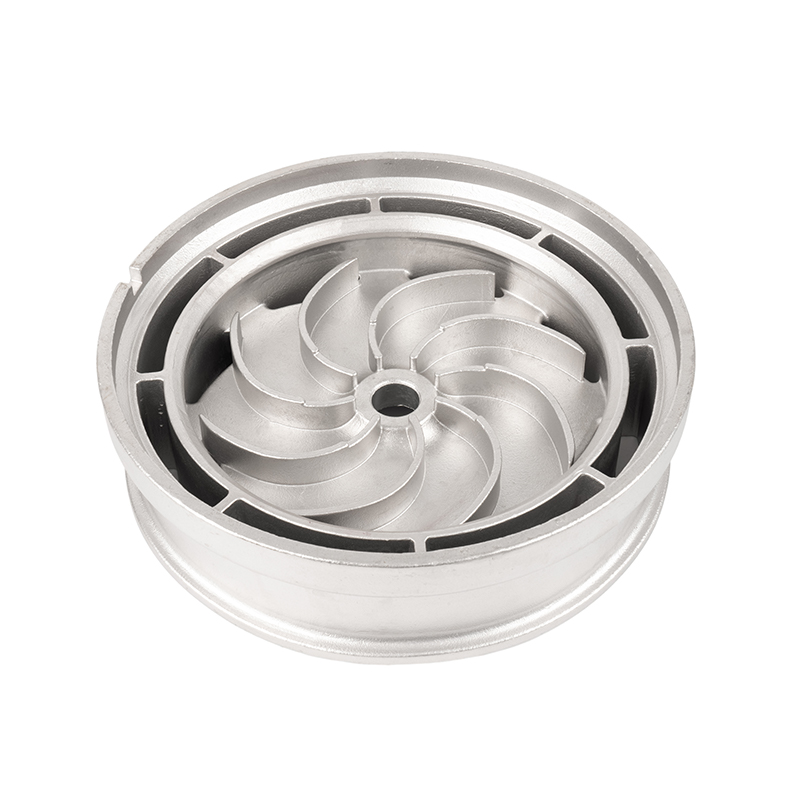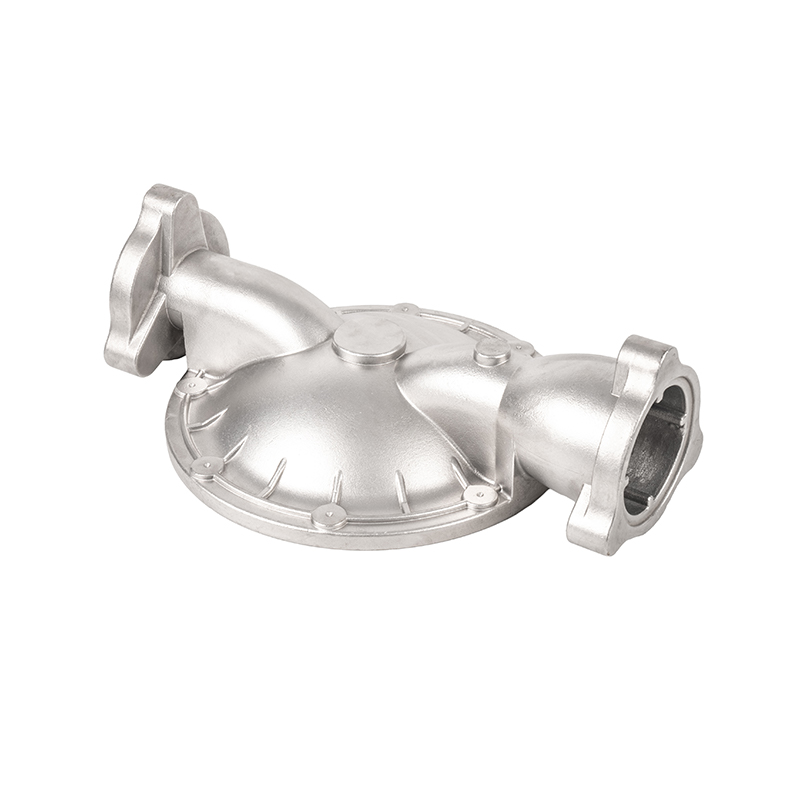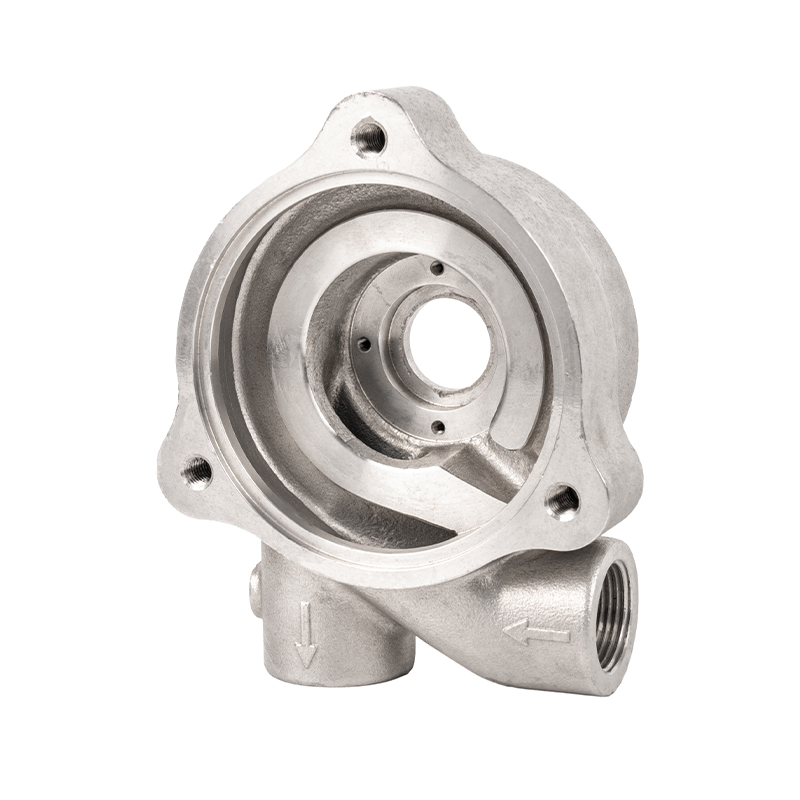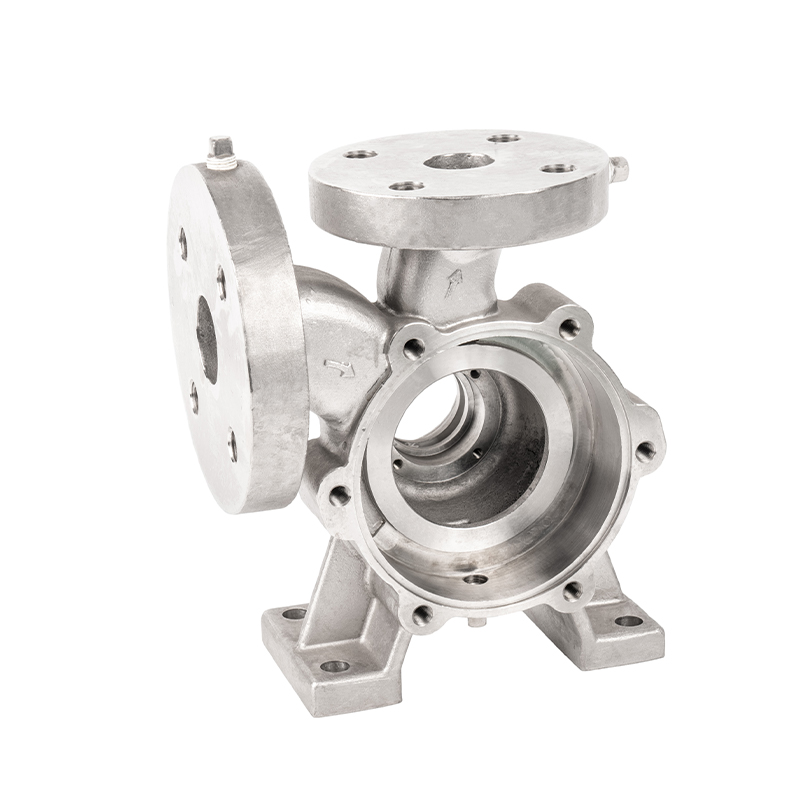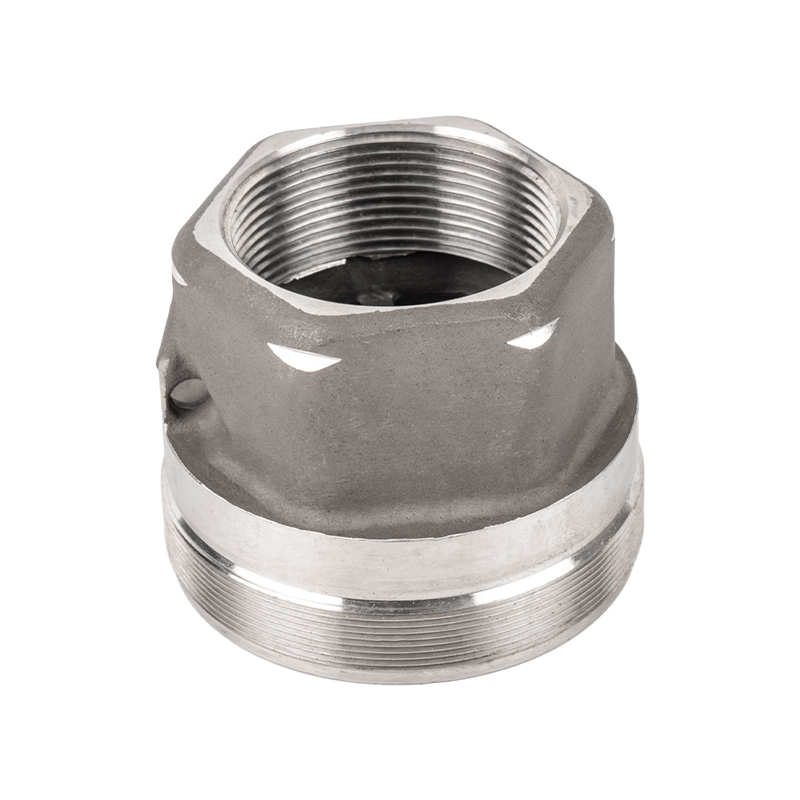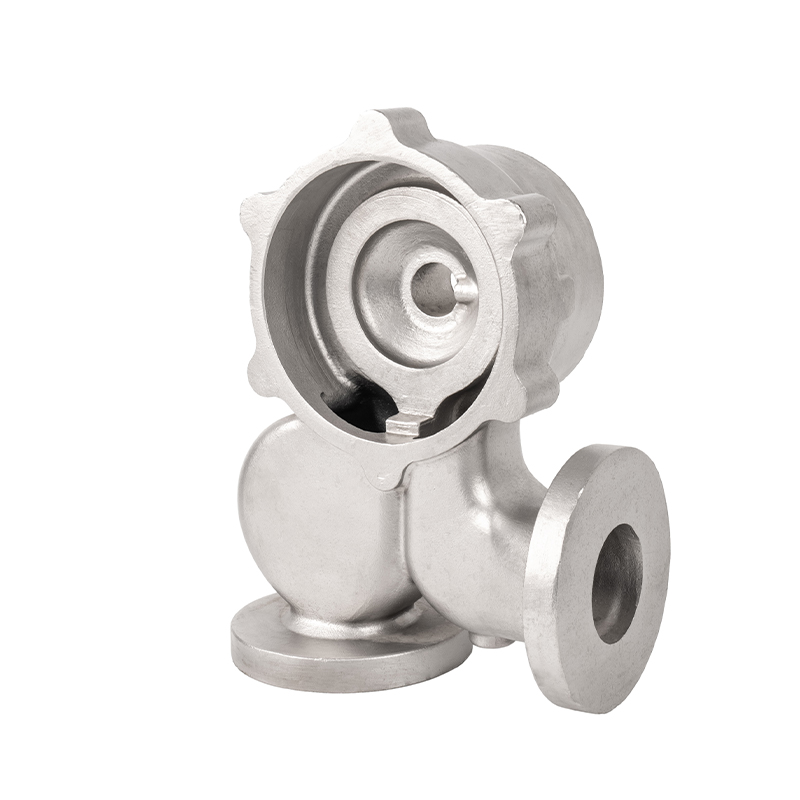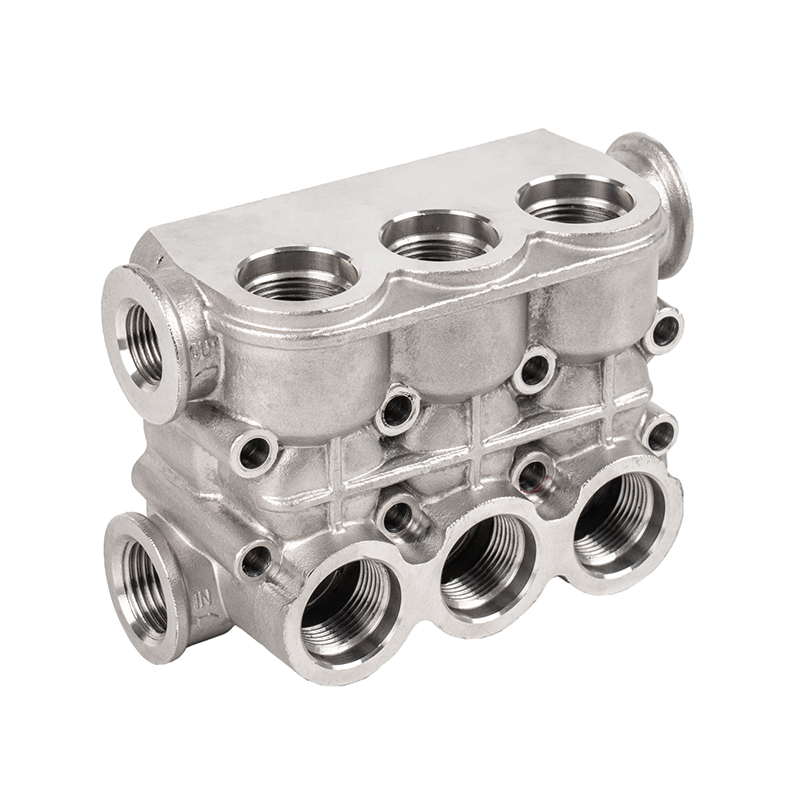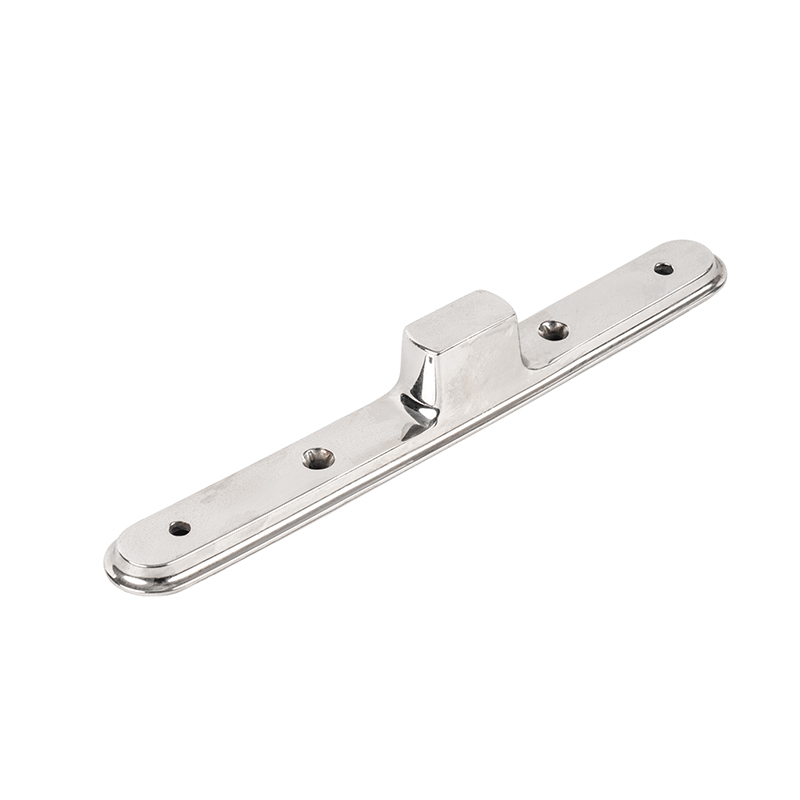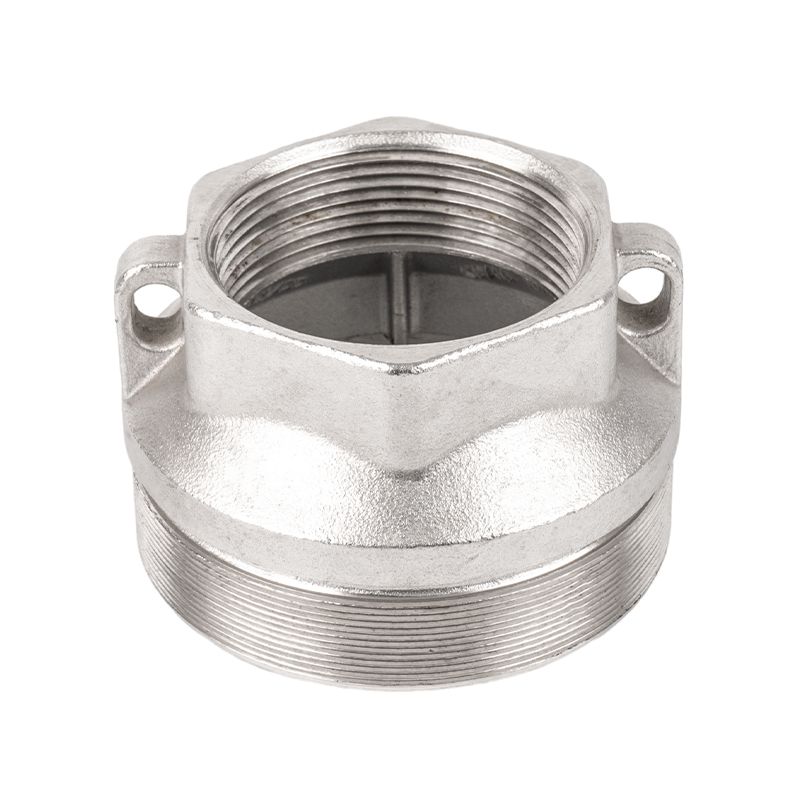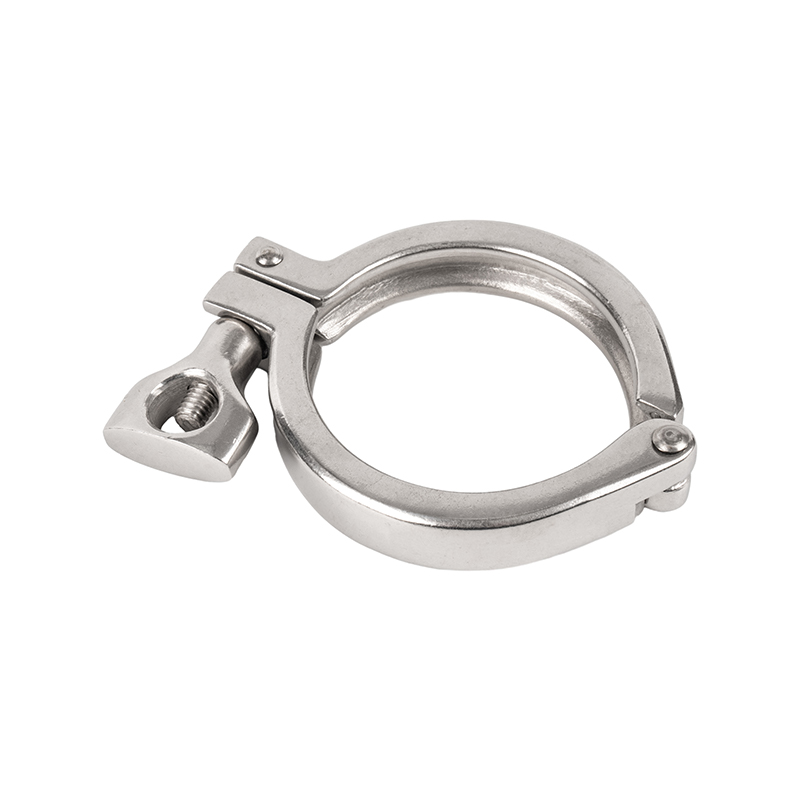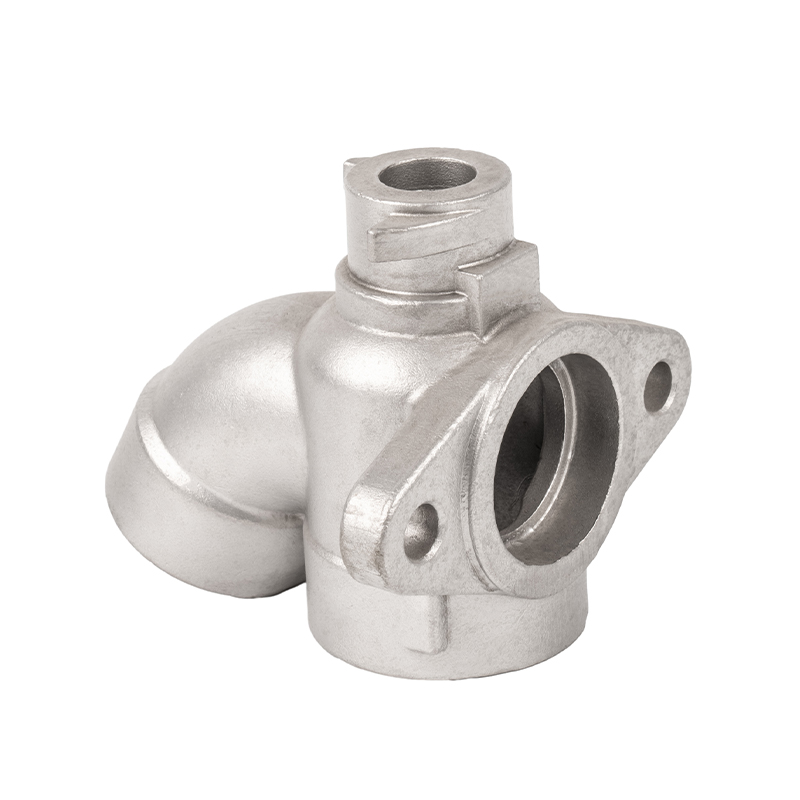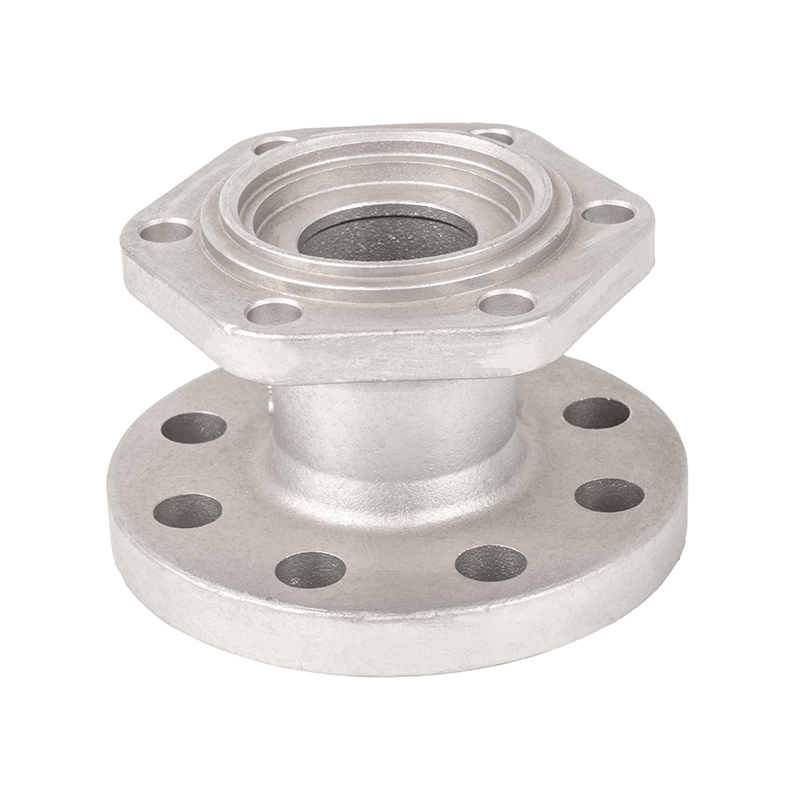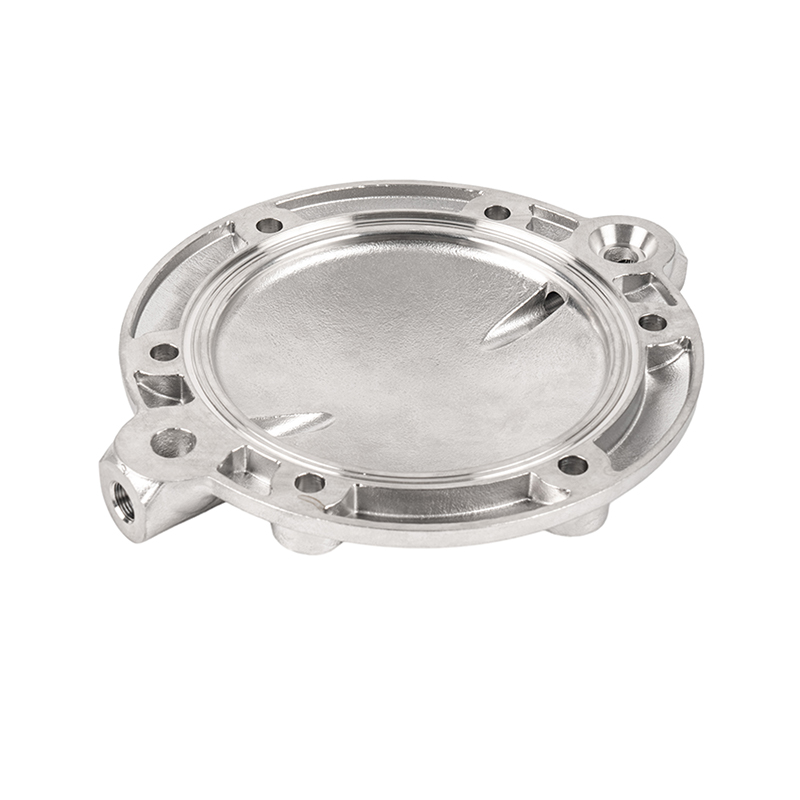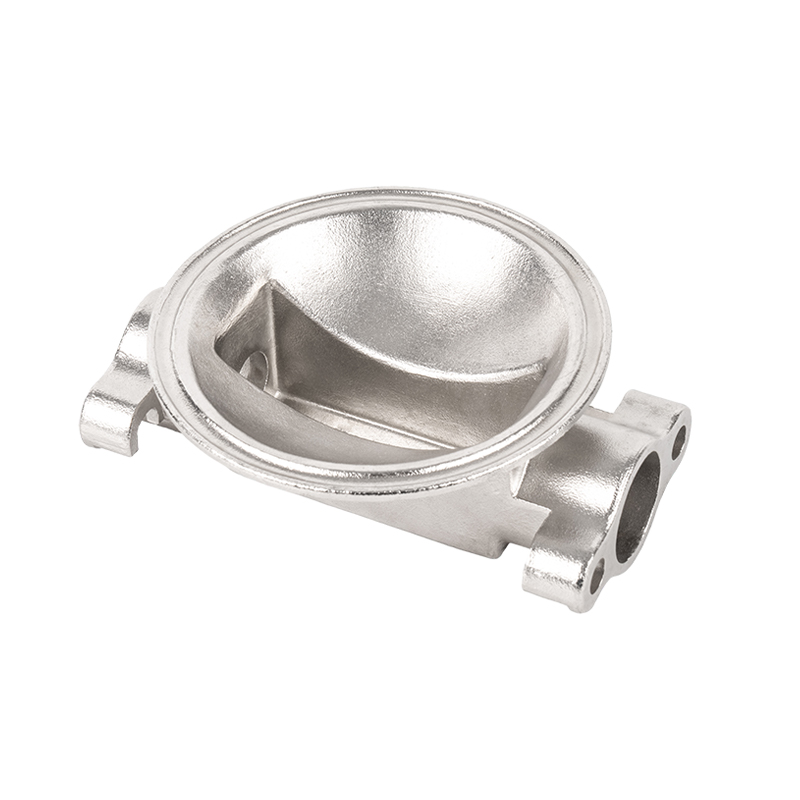How to determine the appropriate bending radius when designing elbow reducer castings
In the design of pipeline systems, elbow reducer castings are important connectors for realizing pipe diameter conversion and pipeline turning. The reasonable design of the bending radius directly affects the fluid mechanics performance, mechanical strength and service life of the pipeline. Therefore, accurately determining the bending radius of the elbow is crucial to ensure the safe and efficient operation of the entire pipeline system.
Definition and function of bending radius
The bending radius refers to the arc radius of the inner bending part of the elbow, which is usually expressed as a multiple of the pipe diameter. It not only determines the flow state of the fluid at the elbow, but also affects the stress distribution and manufacturing difficulty. The smaller the bending radius, the more rapid the pipe turning, the stronger the fluid resistance and local vortex; conversely, when the bending radius is larger, the flow is smoother and the pressure loss is smaller.
Basic principles for determining the bending radius
Process requirements of pipeline systems
The design of pipeline systems is often limited by installation space and process flow. The bending radius of elbow reducer castings should take into account both space limitations and fluid transportation requirements. In compact spaces, elbows with smaller bending radii may be used, but flow losses and stress effects need to be evaluated.
Fluid dynamics considerations
When the fluid passes through the elbow, inertial force will be generated, resulting in uneven velocity distribution, vortex and pressure loss. Reasonable bending radius can reduce flow resistance, avoid local turbulence and fluid noise. It is generally recommended that the bending radius should not be less than 1.5 times the nominal diameter of the pipe to ensure smooth passage of the fluid.
Mechanical strength and stress distribution
The elbow is the stress concentration area of the pipeline. Too small bending radius will lead to local stress peak and increase the risk of fatigue rupture. Finite element analysis (FEA) can be used to simulate the stress field and optimize the bending radius to ensure that the casting has sufficient strength and toughness under working pressure.
Manufacturing process limitations
The casting process has certain restrictions on the geometry of the elbow. A larger bending radius is easy to fill the sand mold and metal flow, reducing casting defects; a smaller bending radius may cause defects such as cold shut and pores, affecting the quality of the casting. Therefore, the feasibility of the process must be taken into account during design.
Common bending radius standards and application scope
The commonly used bending radius standards in the industry are mainly:
Short radius elbow (SR, bending radius equal to pipe diameter)
Applicable to occasions with limited space, but the fluid resistance is large, and turbulence and noise are easy to generate.
Long radius elbow (LR, bending radius is 1.5 times or 2 times the pipe diameter)
The fluid flow is smoother, the pressure loss is small, and the stress distribution is uniform. It is the first choice for most industrial pipelines.
Special radius elbow
Designed for specific process requirements, the bending radius can be flexibly adjusted according to the flow rate, pressure and pipe diameter.
Bending radius determination process
Clear pipeline parameters
Including pipe diameter, nominal pressure, conveying medium and its flow rate, temperature, etc.
Fluid calculation and simulation
Use fluid mechanics software to simulate different bending radius schemes and analyze pressure loss, flow rate distribution and turbulence intensity.
Structural stress analysis
Simulate stress distribution through finite element method to ensure that the strength of castings under the selected bending radius meets the standard specifications.
Process evaluation
Combined with the characteristics of casting process, evaluate the manufacturing difficulty and cost of different radius schemes.
Comprehensive optimization selection
Weigh the trade-offs between performance, manufacturing and cost to determine the optimal bending radius.


 English
English Español
Español русский
русский 中文简体
中文简体

